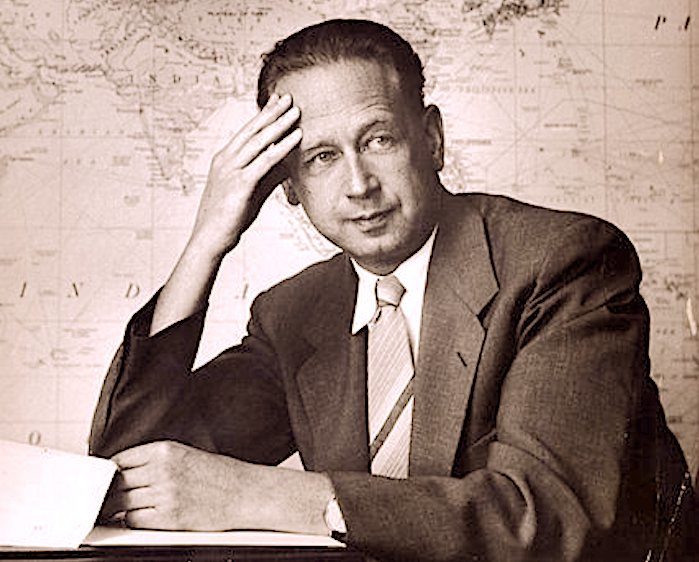
© blog427NYTimesDag Hammarskjöld
A plane carrying the
Secretary General of the United Nations, Dag Hammarskjöld, crashed while approaching the Ndola (Zambia) airport on September 18, 1961. The exact time of the crash is unknown, although it was around midnight. The DC-6, named Albertina, had flown a circuitous route from Kinshasa, the capital of the Congo, to Ndola, a large town in what was then Northern Rhodesia.
The purpose of the flight was to bring Secretary Hammarskjöld to a meeting with Moise Tshombe, the president of the breakaway republic of Katanga, in which many western (British, French, Belgian and American) investors had large stakes in various mineral deposits.
Those corporate interests had supported independence for Katanga after the Congolese leadership, notably
Prime Minister Patrice Lumumba, had advocated closer relations with the Communist bloc. (Lumumba, himself, was assassinated in January 1961, in what some researchers now believe was part of a Central Intelligence Agency plot to get rid of him.)
For his part, Hammarskjöld believed that the Congo ought to remain one country, and toward that end he was flying to Ndola (just over the border of Northern Rhodesia from Katanga)
to have ceasefire talks with Tshombe, in the hope of mediating a settlement to the conflict.
Instead, his plane crashed in the darkness, killing fifteen of the sixteen passengers and crew aboard the DC-6. One security officer for Hammarskjöld survived for about eight days.
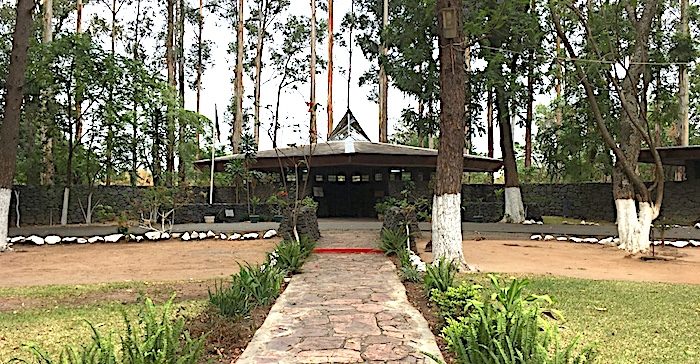
© UnknownNdola, Zambia, showing the roof of the memorial museum and Dag Hammarskjöld’s DC-6 as it would have appeared coming through the trees onto the crash site.
Since the fatal crash, various investigative instruments, including UN committees and independent aviation groups in the United Kingdom and Sweden, have looked into the cause of the crash.
The initial investigation, conducted by colonial authorities in 1961,
concluded that the pilots of the DC-6 (an experienced Swedish crew)
had misjudged the night landing on an unfamiliar approach and flew the plane into the ground. A UN inquiry at the same time, however, failed to reach the same conclusion, although it was at a loss to explain the crash.
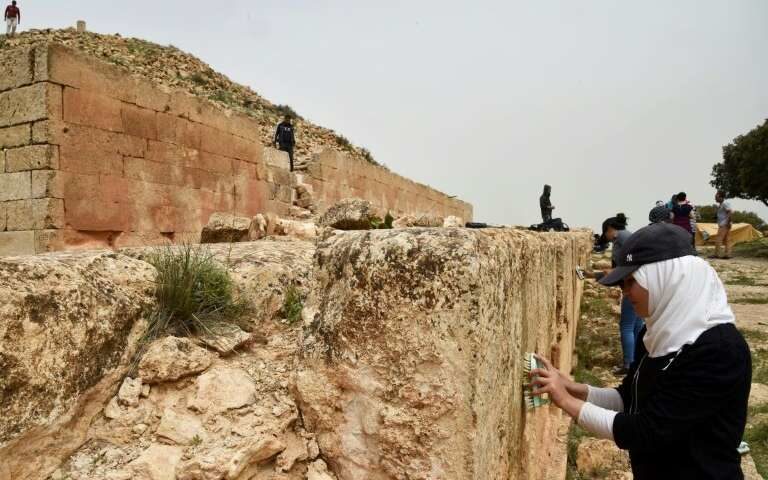



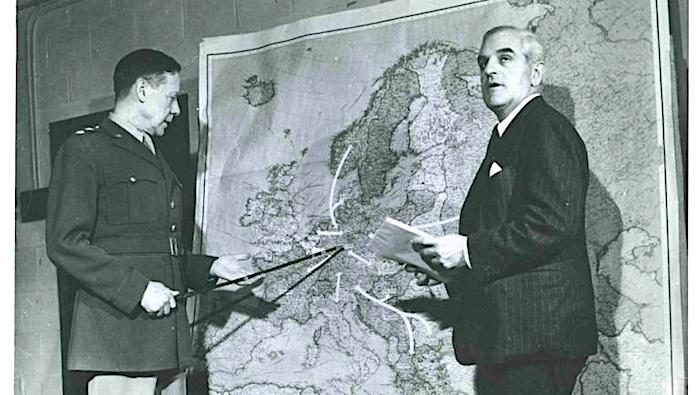
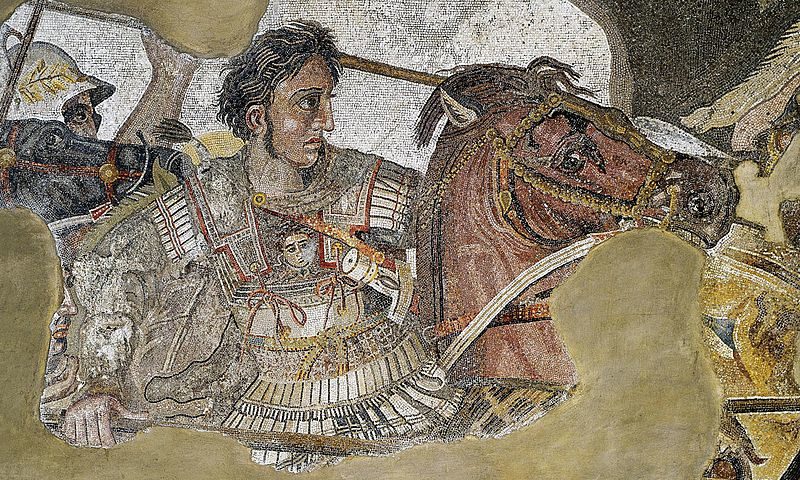
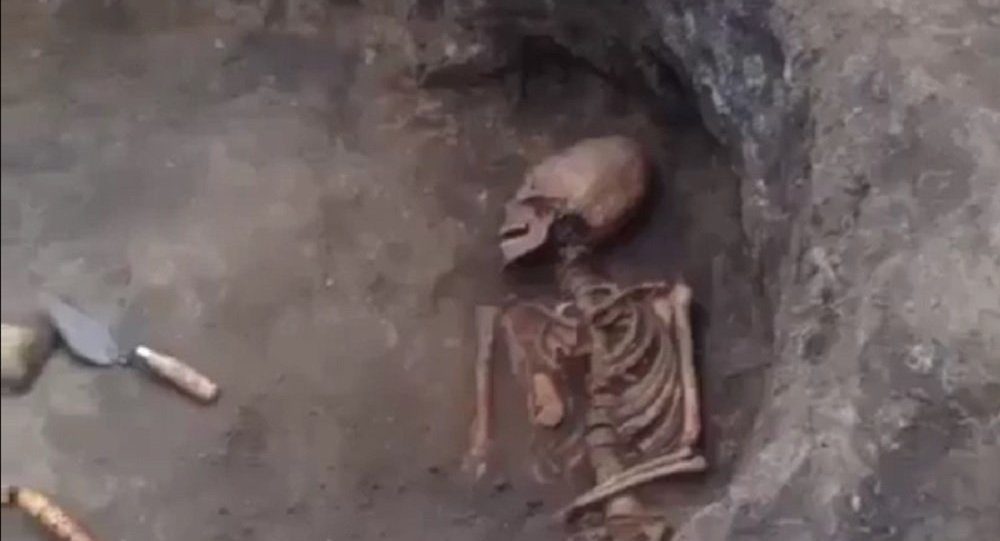


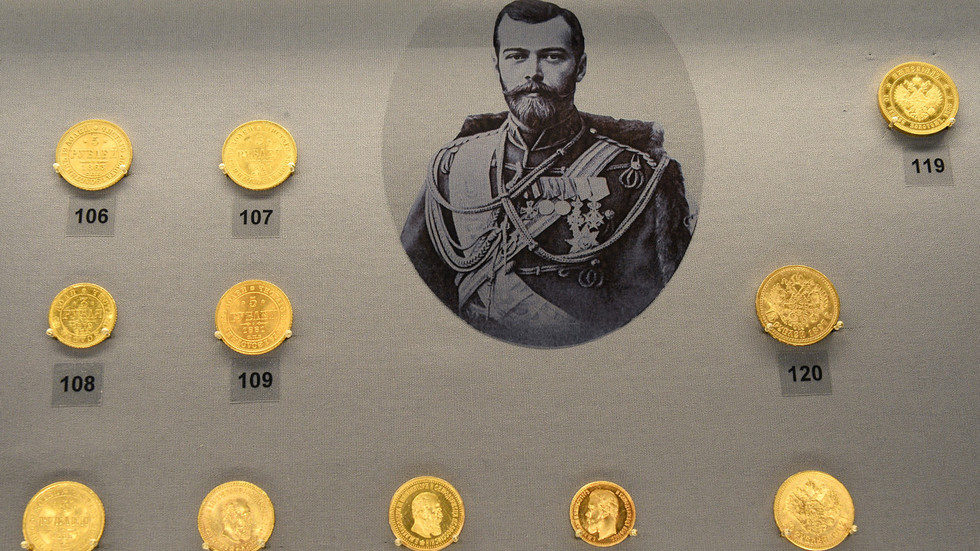
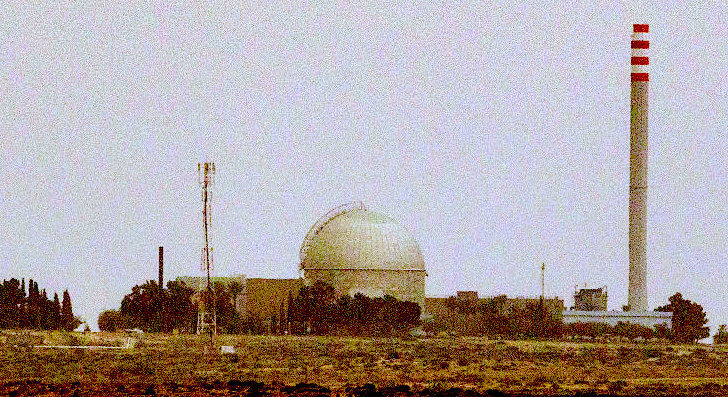
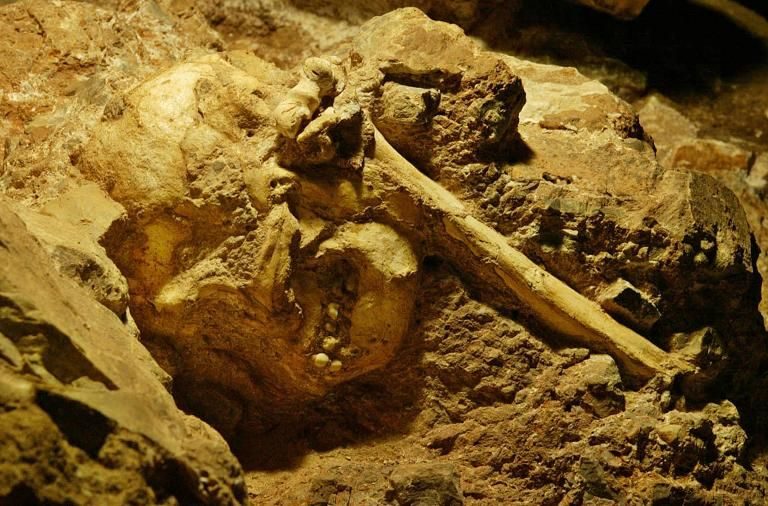



Comment: It may be possible to see if traces of this infection can be detected, were his remains to be found:
See also: